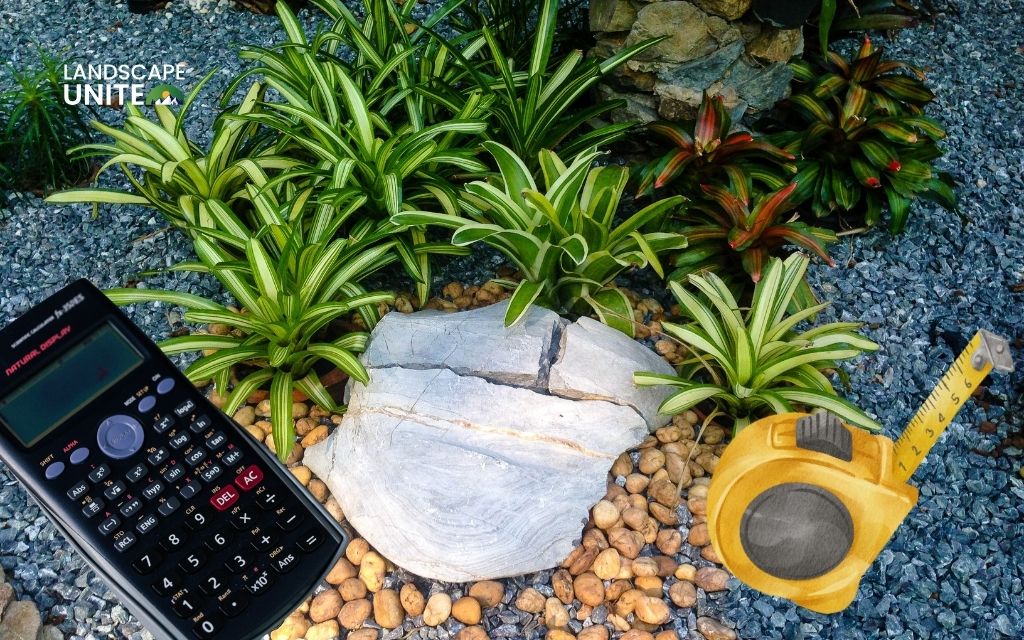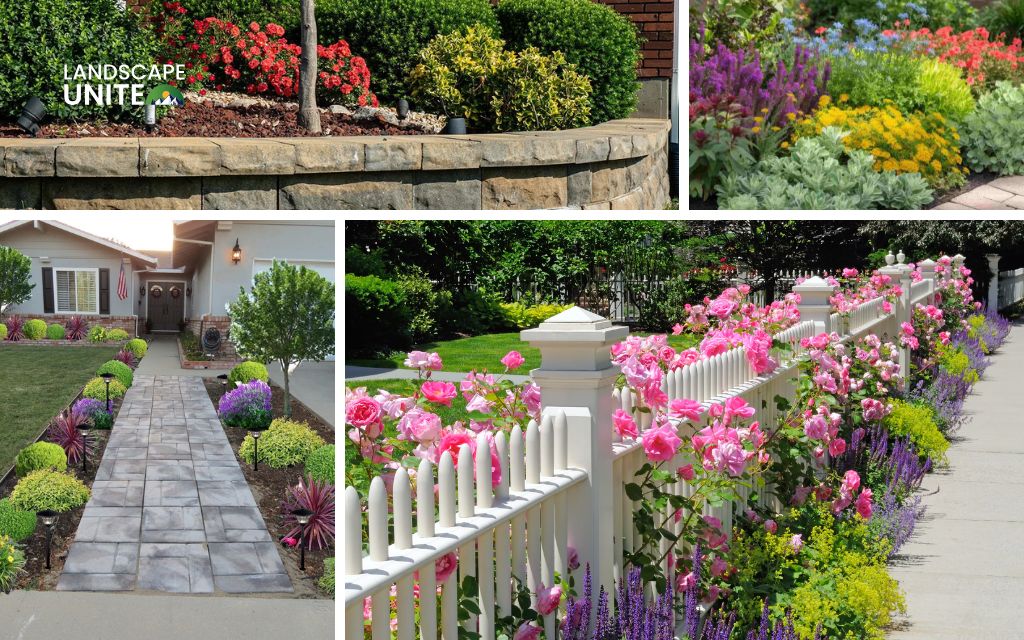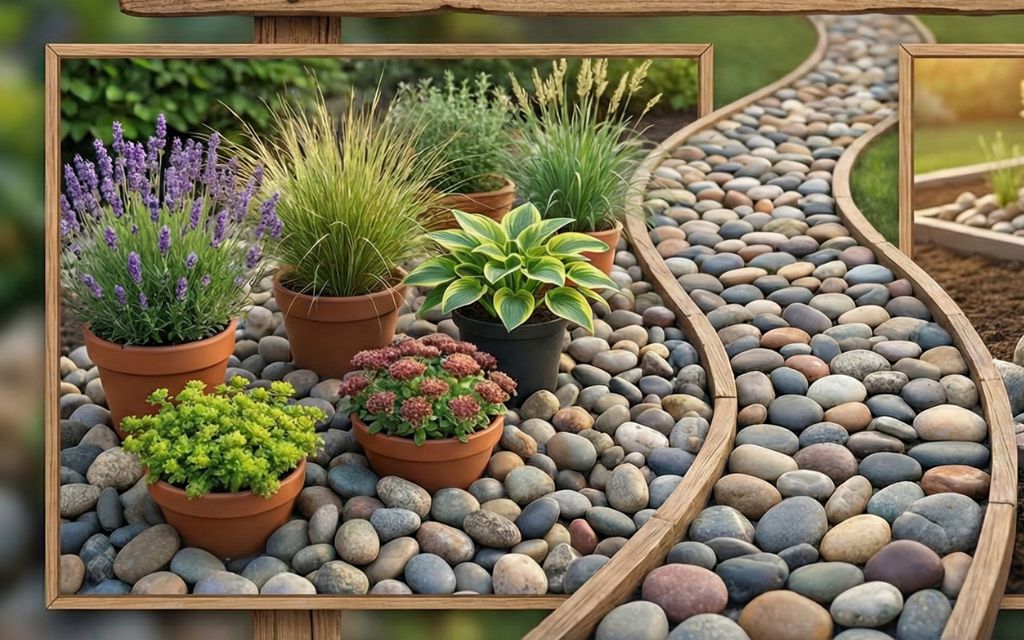Transform your garden into a vibrant autumn paradise with the perfect fall flowers that thrive in cooler temperatures. While many gardeners assume the growing season ends in summer, fall actually offers incredible opportunities to plant stunning flowers that will bloom through October and November, providing essential color when most gardens fade.
From classic chrysanthemums and brilliant asters to surprising choices like pansies and ornamental kale, fall flowers bring warmth, texture, and vital pollinator support during the autumn months. The key to success lies in understanding which varieties thrive in fall conditions and when to plant them for optimal blooms.
Whether you’re looking to extend your garden’s beauty, create stunning fall displays, or support migrating butterflies, this comprehensive guide covers everything you need to know about selecting, planting, and caring for the best fall flowers for American gardens.
Best fall flowers to plant: Top 15 varieties for stunning autumn color
Choosing the right fall flowers to plant can transform your garden into a breathtaking autumn showcase. These carefully selected varieties offer exceptional performance in cooler weather and provide the vibrant colors that make fall gardens truly spectacular.
Classic fall favorites
1. Chrysanthemums (Mums) lead the parade of fall flowers to plant, and for good reason. These remarkable flowers, cultivated in China over 2,500 years ago as medicinal herbs, now serve as America’s most popular autumn blooms. Mums come in virtually every color except true blue, offering incredible versatility for your autumn flower beds. The secret to bushier blooms lies in the “pinching” technique during summer months, which encourages more flower buds to form.
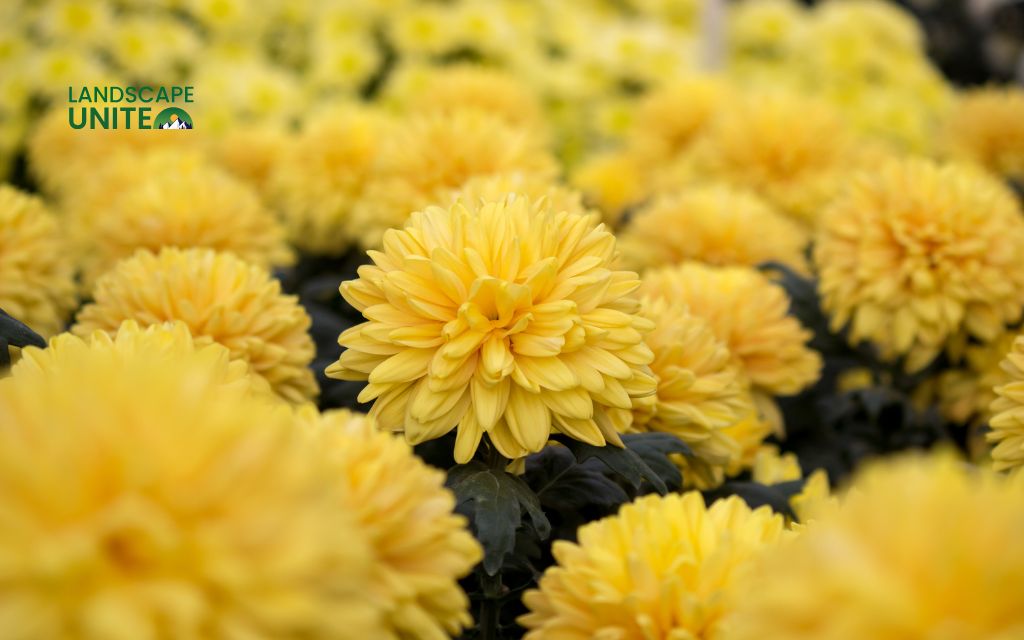
2. Asters deserve special recognition among fall flowers to plant because they provide critical late-season nectar for migrating monarch butterflies. These star-shaped flowers, whose name derives from the Greek word for “star,” intensify in color as temperatures drop. With over 180 native North American species, asters can bloom for up to eight weeks in fall, making them invaluable for extended garden color.
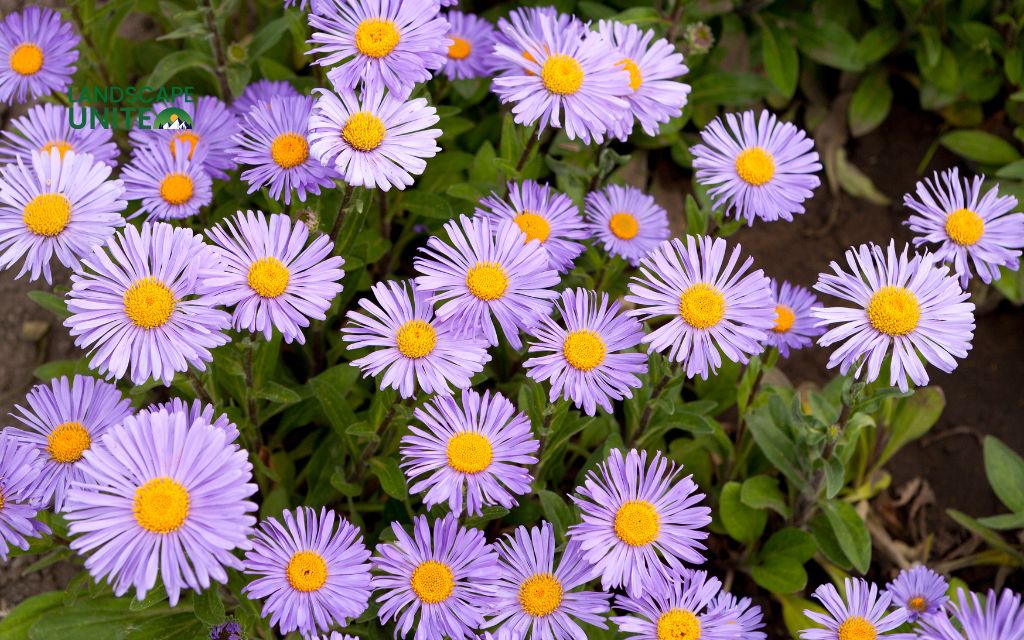
3. Marigolds continue their cheerful display well into autumn, tolerating light frosts while maintaining their bright orange and yellow hues. These hardy annuals work perfectly in both containers and fall flower beds, providing continuous blooms until hard freeze.
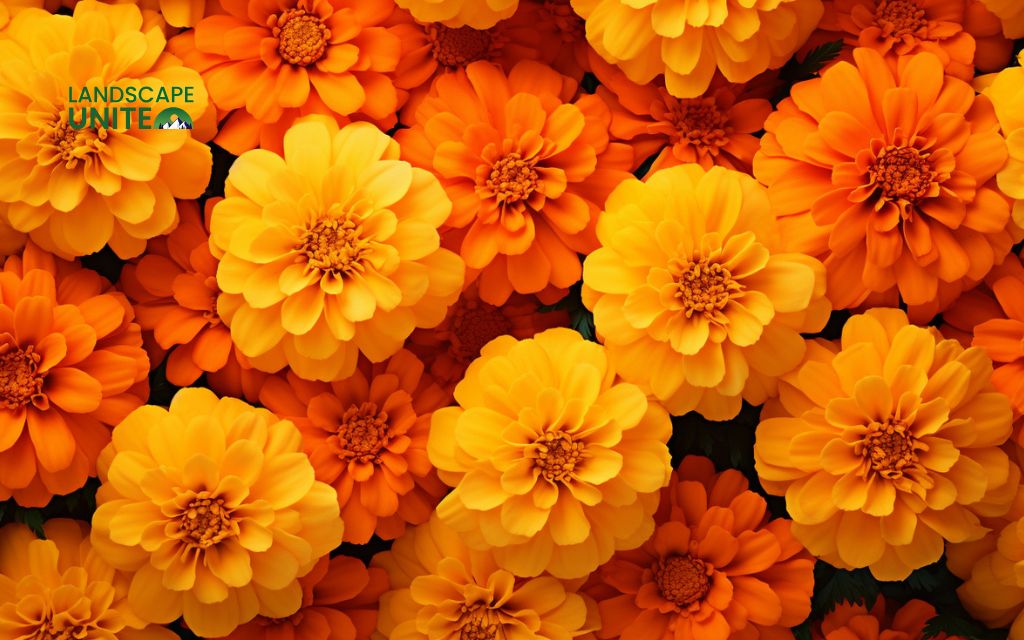
Surprising fall bloomers
4. Pansies excel as fall flowers to plant because they actually prefer cooler temperatures. Their charming “faces” become more vibrant in autumn weather, and they can survive light snow cover while continuing to bloom. Plant pansies in September for stunning displays through November and beyond.
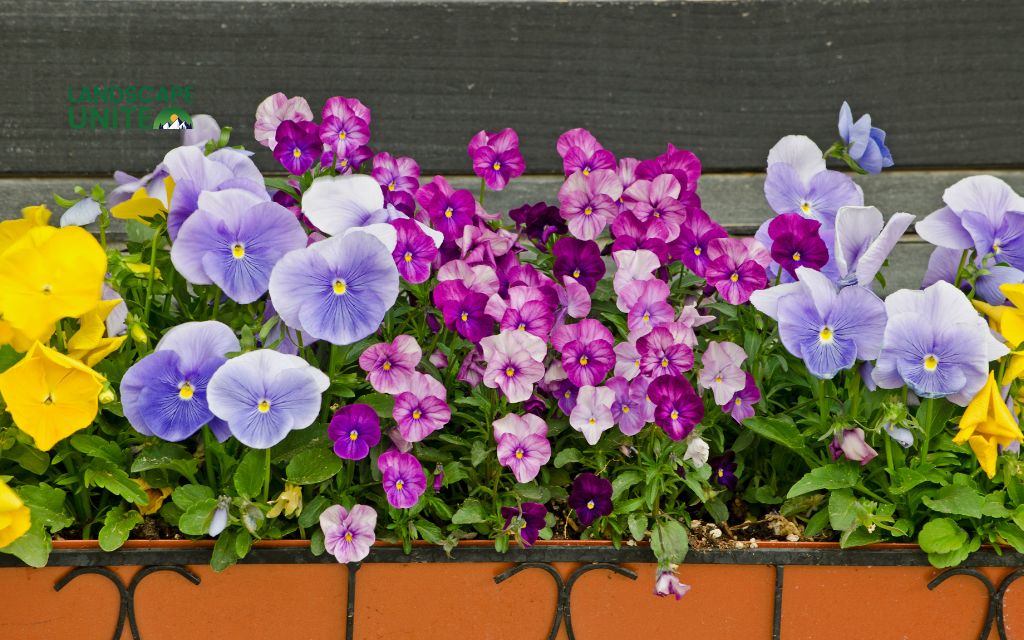
5. Violas offer delicate beauty and exceptional cold tolerance, making them perfect choices for fall flower planting guide enthusiasts. These smaller cousins of pansies multiply readily and provide carpet-like coverage in cooler months.
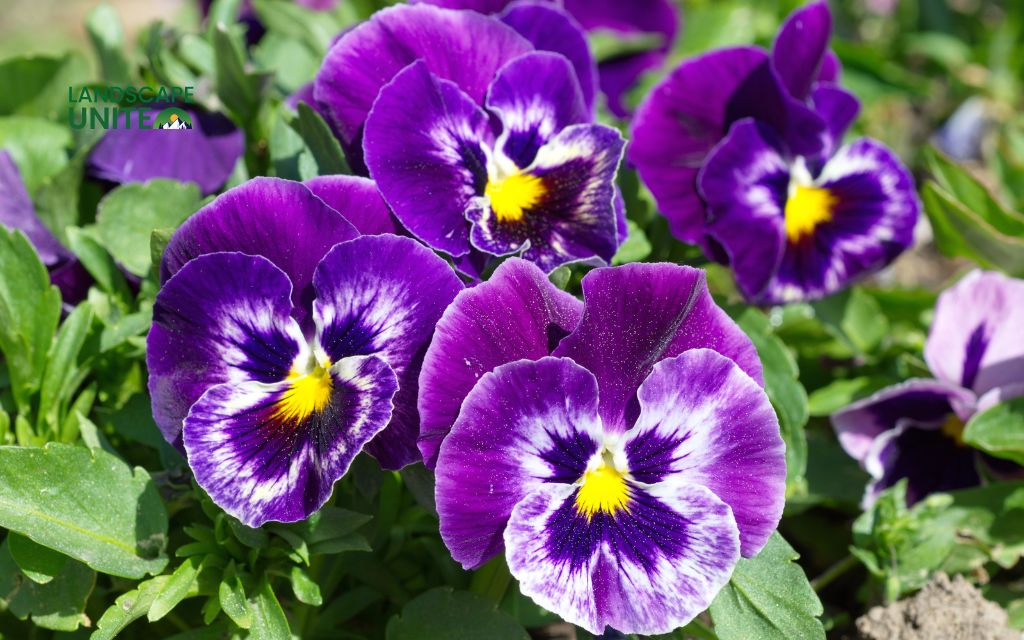
6. Snapdragons surprise many gardeners with their cold tolerance. When planted as fall flowers, they develop stronger stems and more intense colors than their summer counterparts, creating vertical interest in autumn gardens.
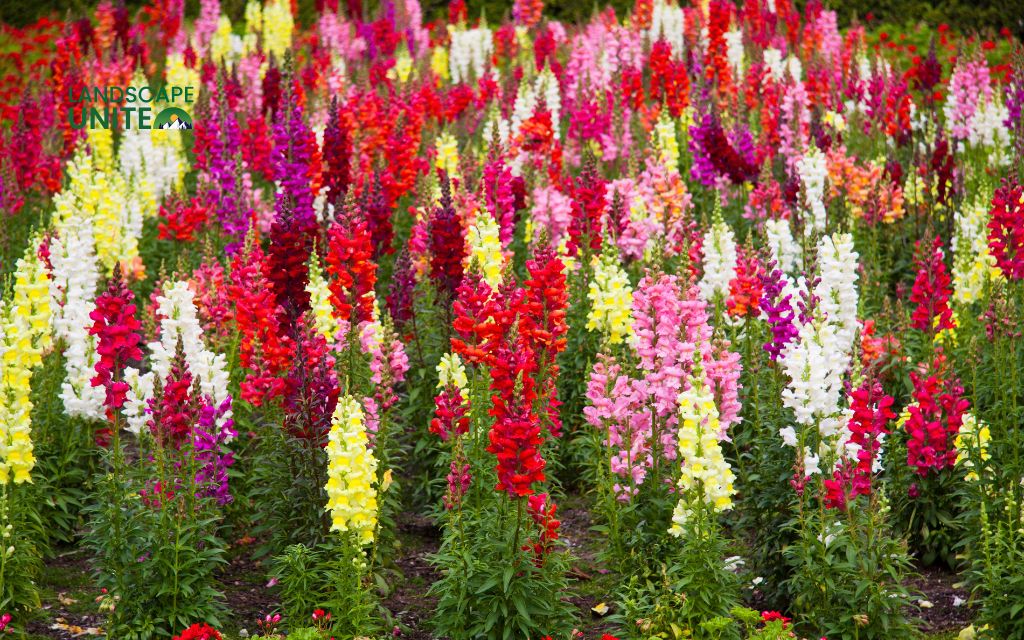
Native fall wildflowers
7. Black-eyed Susan (Rudbeckia) continues blooming well into fall, attracting beneficial insects and providing natural seed heads for winter interest. These drought-tolerant perennials require minimal care once established.
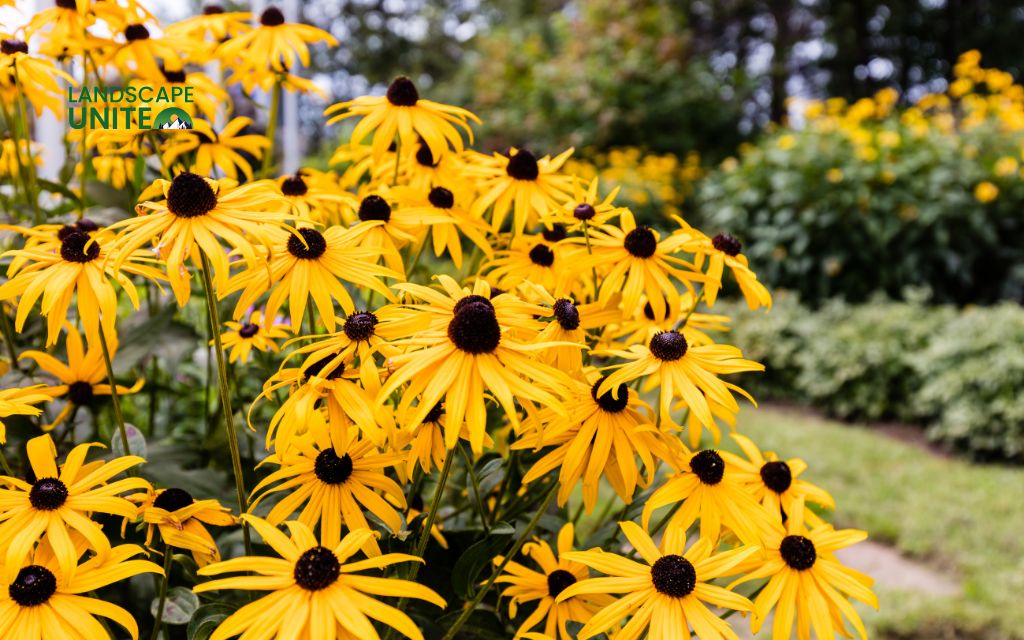
8. Goldenrod offers brilliant yellow plumes that support over 100 species of butterflies and moths. Despite common misconceptions, goldenrod doesn’t cause allergies and serves as an essential pollinator plant for autumn gardens.
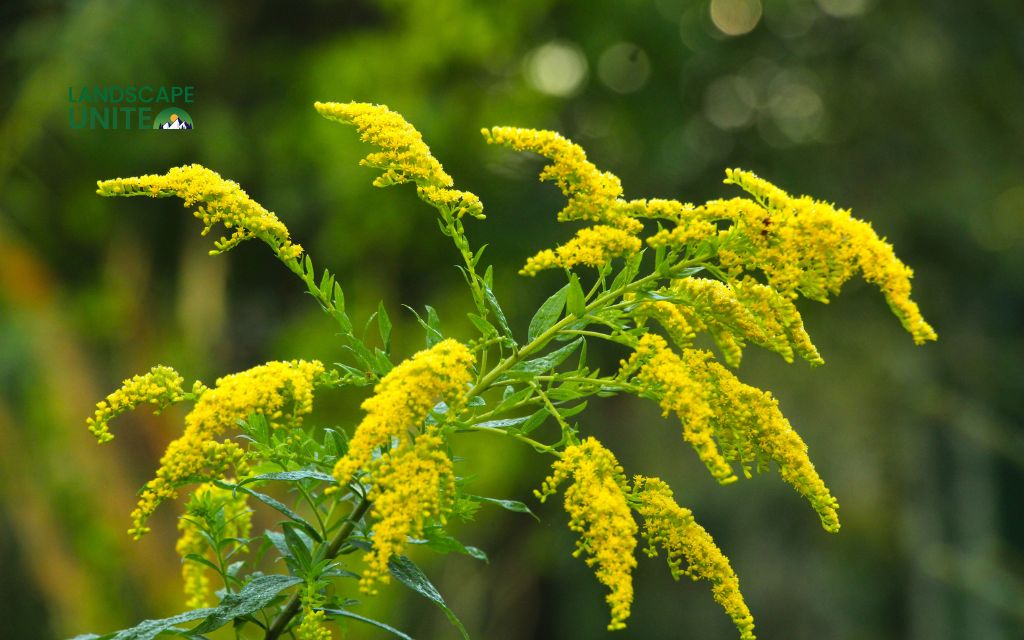
Fall foliage plants
9. Ornamental Kale provides stunning foliage in purple, pink, and white that actually improves with cool weather. These hardy fall flowers to plant in containers create dramatic displays on porches and patios.
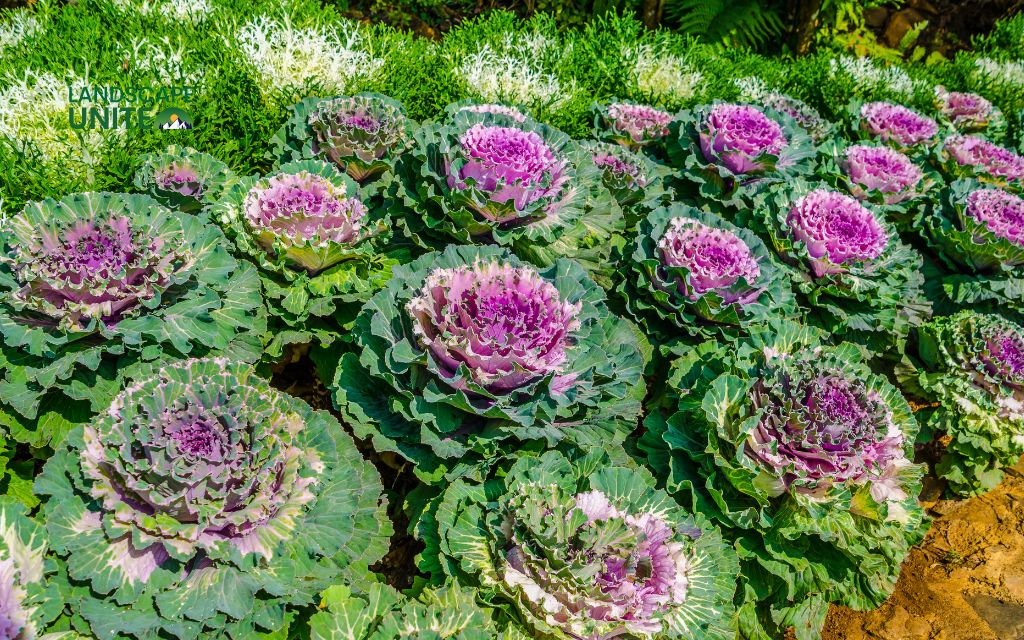
10. Heuchera (Coral Bells) offers year-round foliage interest with autumn flower spikes that attract hummingbirds during fall migration.
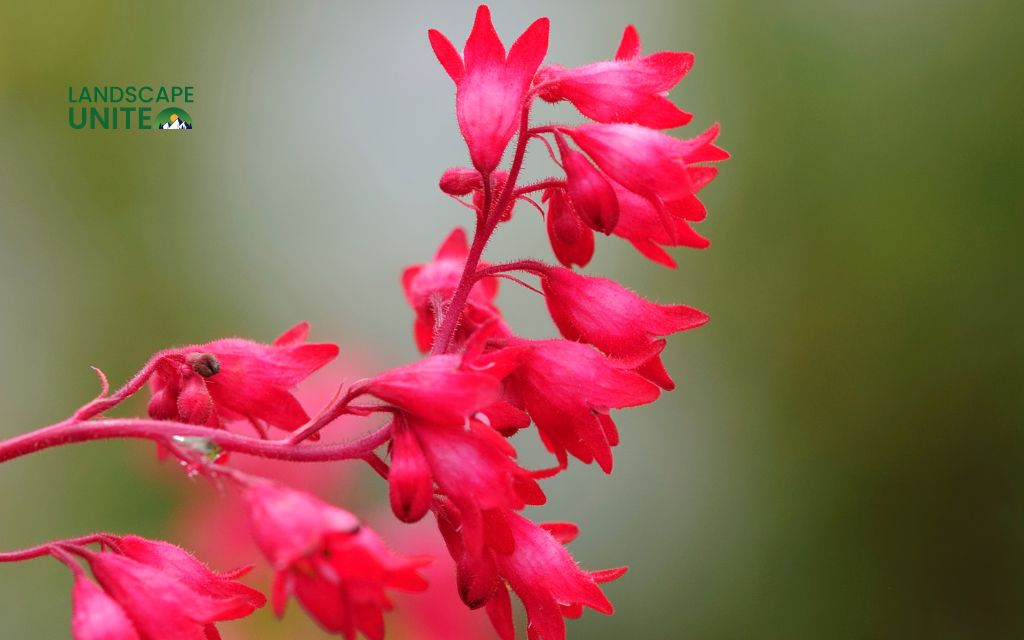
Long-blooming fall perennials
11. Sedum (Stonecrop) produces clusters of tiny star-shaped flowers that attract butterflies and bees throughout autumn. These succulent perennials require minimal water and provide excellent late-season color in fall flower beds.
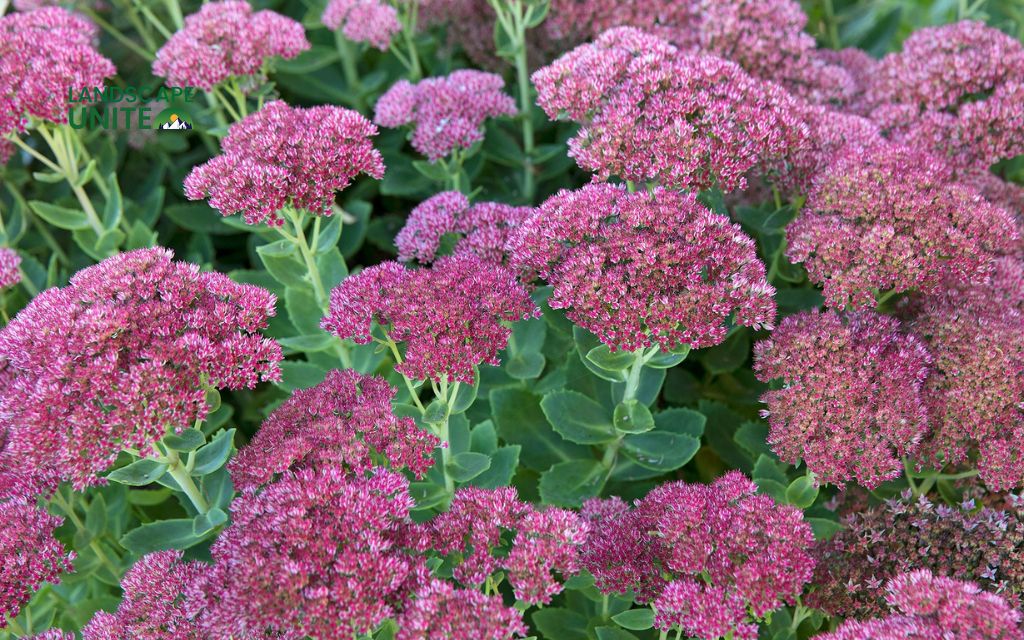
12. Japanese Anemone delivers elegant white or pink blooms on tall stems from late August through October. These shade-tolerant perennials naturalize easily and create stunning displays in woodland gardens.
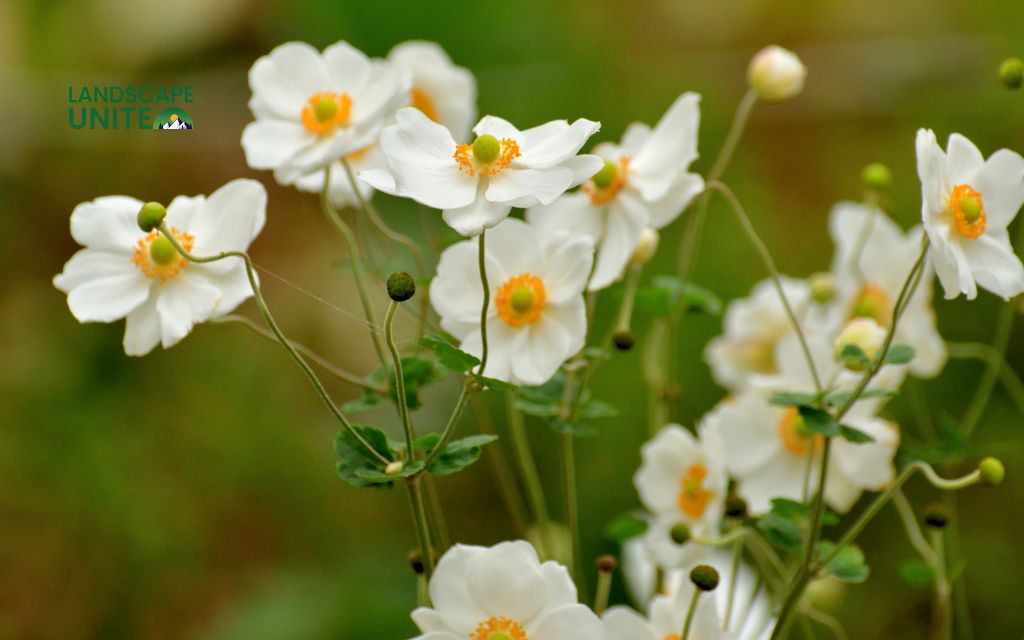
13. Celosia (Cockscomb) offers vibrant plumes or crested flowers in brilliant reds, oranges, and yellows. These heat and drought-tolerant annuals continue blooming until hard frost, making them excellent fall flowers to plant for continuous color.
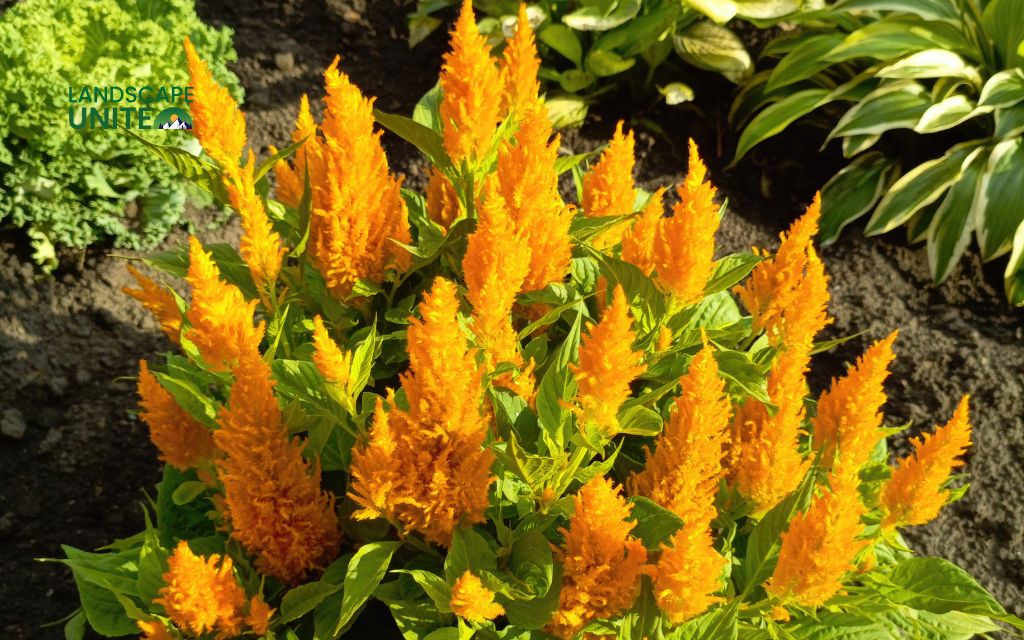
Additional autumn bloomers
14. Dianthus (Garden Pinks) provides sweet fragrance and delicate fringed flowers in pink, white, and red. Cool weather actually enhances their blooming, making them perfect fall flowers to plant for extended garden beauty.
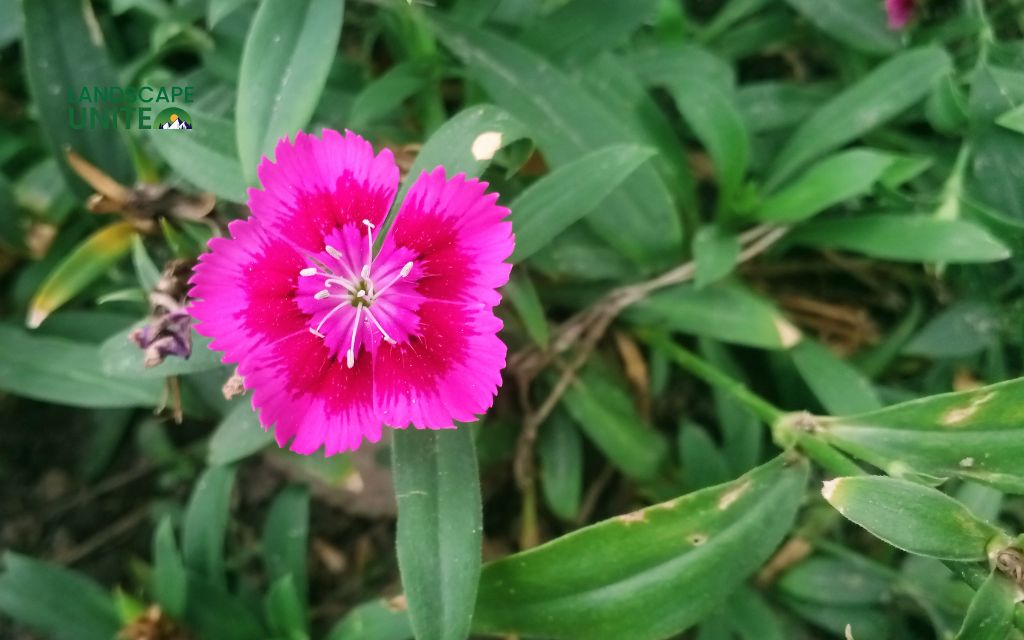
15. Ornamental Cabbage complements ornamental kale with its rose-like appearance and stunning purple, pink, and cream coloration. Like kale, these plants develop their best colors in cool weather and work beautifully in autumn flower beds.
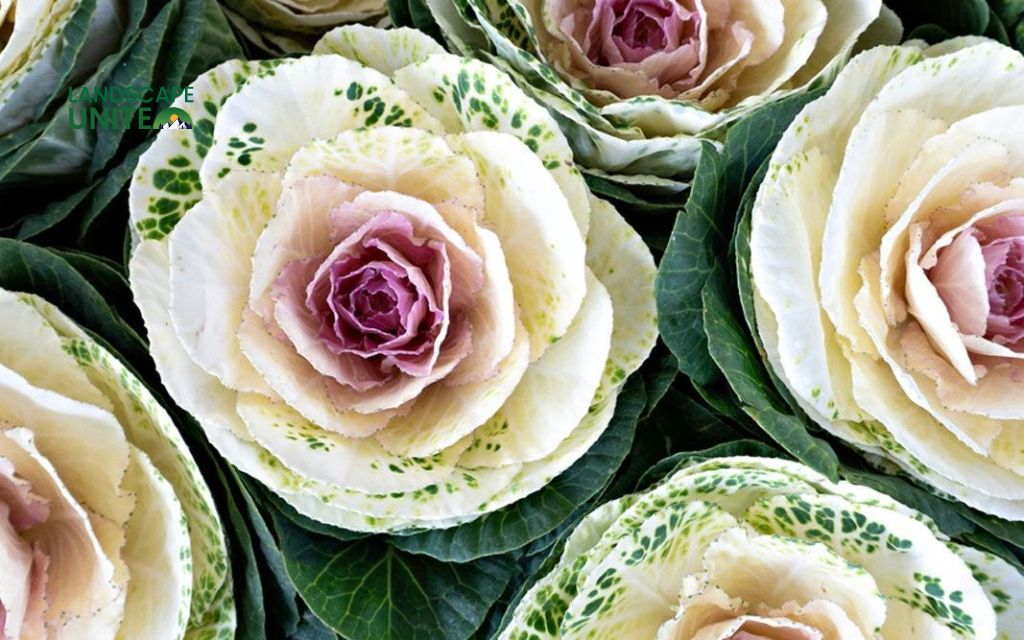
Why plant fall flowers? The benefits of autumn gardening
Extended garden beauty through first frost
Planting fall flowers extends your garden’s beauty when most landscapes begin their dormant phase. These hardy blooms provide essential color and structure, creating visual interest that bridges the gap between summer’s abundance and winter’s dormancy. Many fall flowers actually improve in appearance as temperatures drop, developing richer colors and sturdier growth habits.
Support for migrating pollinators
Fall flowers play a crucial role in supporting migrating butterflies, especially monarchs preparing for their incredible journey to Mexico. Asters, in particular, serve as the only major fall flower that provides critical late-season nectar during this vital migration period. By choosing the right fall flowers to plant, you create essential refueling stations for these remarkable creatures.
Cooler planting conditions and less stress
Autumn’s moderate temperatures and increased rainfall create ideal conditions for establishing new plants. Root systems develop more successfully in cooler soil, and young plants face less heat stress than summer plantings. This natural advantage makes fall flower planting guide recommendations particularly valuable for gardening success.
When to plant fall flowers: Perfect timing for your zone
Zones 5-6: Late August to early September planting
In northern regions, the best fall flowers to plant should go in the ground by late August to early September. This timing allows plants to establish strong root systems before winter arrives. Choose cold-hardy varieties like pansies, mums, and asters that can withstand multiple frosts.
Zones 7-8: September to early October planting
Southern gardeners enjoy extended planting seasons, with optimal fall flower planting extending through early October. Warmer zones can successfully grow tender varieties that wouldn’t survive in colder regions, expanding the range of suitable fall flowers to plant.
Understanding first frost dates
Knowing your area’s average first frost date helps determine the best timing for fall flower planting. Most fall flowers to plant need 6-8 weeks to establish before experiencing their first frost. Research your local frost dates and count backward to determine optimal planting windows.
Container vs. ground planting timelines
Container plantings offer more flexibility in timing since pots can be moved for protection during unexpected cold snaps. Fall flowers to plant in containers can often be planted slightly later than ground plantings, as containers provide some root insulation and mobility options.
4 Common fall flower problems and solutions
1. Dealing with early frost
Unexpected early frosts can damage tender fall flowers before they’re fully established. Protect young plantings with row covers, blankets, or even upturned buckets during frost warnings. Most established fall flowers to plant can handle light frosts, but protection helps ensure continued blooming.
2. Pest management in fall
Fall gardens face different pest pressures than summer plantings. Aphids often migrate to fall flowers as their preferred hosts begin declining. Use insecticidal soaps or beneficial insects like ladybugs to manage these pests naturally. Regular inspection of your autumn flower beds helps catch problems early.
3. Disease prevention
Cooler, moister fall conditions can promote fungal diseases in susceptible plants. Ensure proper spacing for air circulation, avoid overhead watering when possible, and remove any infected plant material immediately. Choose disease-resistant varieties when selecting fall flowers to plant.
4. Extending bloom time
Maximize your fall flower display by deadheading spent blooms regularly and providing consistent moisture. Many fall flowers to plant will continue producing new buds until hard frost if properly maintained. Light fertilization in early fall can also encourage continued flowering.
Conclusion
Ready to create your own stunning autumn display? The best fall flowers to plant await your selection, and now you have the knowledge to choose varieties that will thrive in your specific conditions. From supporting migrating butterflies with native asters to creating dramatic container displays with ornamental kale, your fall garden can become a neighborhood showpiece.
Remember that successful fall flower planting combines proper timing, variety selection, and ongoing care. Whether you’re a beginner gardener or experienced horticulturist, these proven varieties will reward your efforts with months of beautiful blooms.
Take action today: Start planning your fall flower beds now, and transform your outdoor space into an autumn paradise that extends your garden’s beauty well beyond summer’s end.
At Landscape Unite, we’re passionate about sharing the best information about landscaping, hardscaping, gardening, and tools to help every gardener succeed. Our expert guidance comes from years of professional experience at Mile High Lifescape, ensuring you receive reliable, proven advice for your gardening projects.
For professional landscape design services and personalized fall planting plans, visit Mile High Lifescape to discover how expert landscapers can transform your outdoor space into a year-round masterpiece.
Subscribe to Landscape Unite Blog for more great tips and discover new posts covering seasonal gardening, landscape design, and outdoor living inspiration. Join our community of passionate gardeners and transform your outdoor space one season at a time
FAQ about ideal fall flowers to plant
When is the best time to plant fall flowers?
The ideal time varies by zone: late August to early September for zones 5-6, and September to early October for zones 7-8. Plant at least 6-8 weeks before your first expected frost. For professional timing guidance specific to your area, explore more gardening resources on our blog or contact landscape professionals for personalized advice.
Can fall flowers survive frost?
Many fall flowers like pansies, mums, and asters are frost-tolerant and can continue blooming through light frosts. Some even improve in color after exposure to cool temperatures. For detailed cold tolerance information for specific varieties, check our extensive plant guides on the Landscape Unite blog.
What fall flowers attract butterflies and bees?
Asters, goldenrod, and sedum are excellent choices for late-season pollinators. These flowers provide crucial nectar sources for migrating monarchs and other butterflies preparing for winter. Learn more about pollinator-friendly gardening in our specialized blog posts about supporting local wildlife.
How do I prepare my garden for fall flower planting?
Remove spent summer annuals, amend soil with compost, ensure good drainage, and check soil pH. Fall’s cooler temperatures and increased rainfall create ideal planting conditions. For comprehensive soil preparation guides and professional soil testing services, visit our detailed gardening resources.
Which fall flowers work best in containers?
Mums, pansies, ornamental kale, and asters excel in containers. Choose dwarf varieties and ensure containers have good drainage and appropriate size for mature plants. For container gardening design ideas and professional landscaping services, explore more content on our blog.
